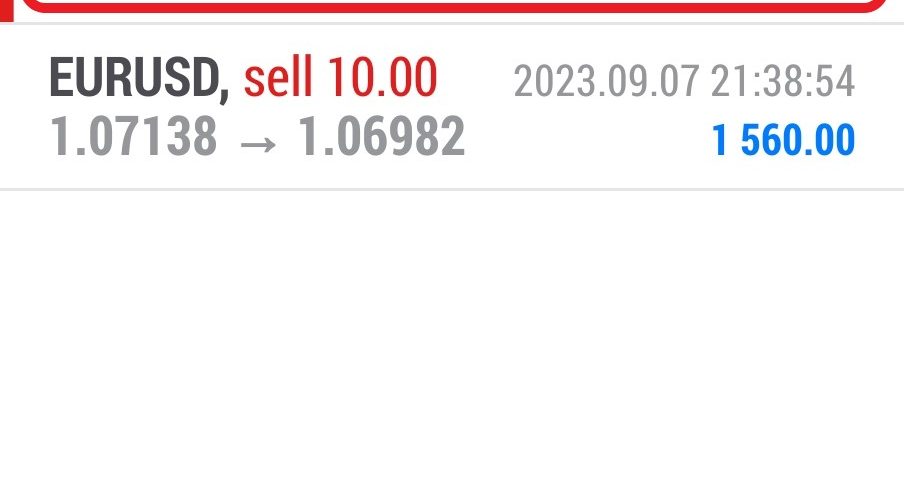They also help traders make informed decisions about
- entering and exiting trades,
- setting stop-loss orders, and
- establishing profit targets.
Pivot points are usually calculated based on the high, low, and closing prices of a currency pair in the previous trading period
Ways to Calculate Pivot Points
There are four main ways to calculate pivot points:
- Standard
- Woodie
- Camarilla
- Fibonacci.
Pivot Point Trading Tips
Here are some easy-to-memorize tips that will help you to make smart pivot point trading decisions:
Pivots can be extremely useful in forex since many currency pairs usually fluctuate between these levels. Most of the time, the price ranges between R1 and S1.
You can use these pivot points as potential areas where price reversals or continuations may occur.
This means that pivot points can be used by range, breakout, and trend traders.
- With Range-bound traders, they will enter a buy order near identified levels of support and a sell order when the pair nears resistance.
- Pivot points also allow breakout traders to identify key levels that need to be broken for a move to qualify as a strong momentum move.
- The sentiment (or trend) traders use pivot points to help determine the bullishness or bearishness of a currency pair.
The simplicity of pivot points definitely makes them a useful tool to add to your trading toolbox.
It allows you to see possible areas that are likely to cause price movement.
You’ll become more in sync with market movements and make better trading decisions.
Pivot points are just one of many technical analysis tools available.
Using pivot point analysis alone is not always enough.
You should learn to use pivot points along with other technical analysis tools such as candlestick patterns, MACD crossover, moving averages crossovers, the Stochastic, RSI, etc.
The greater the confirmation, the greater your probability of a successful trade!





